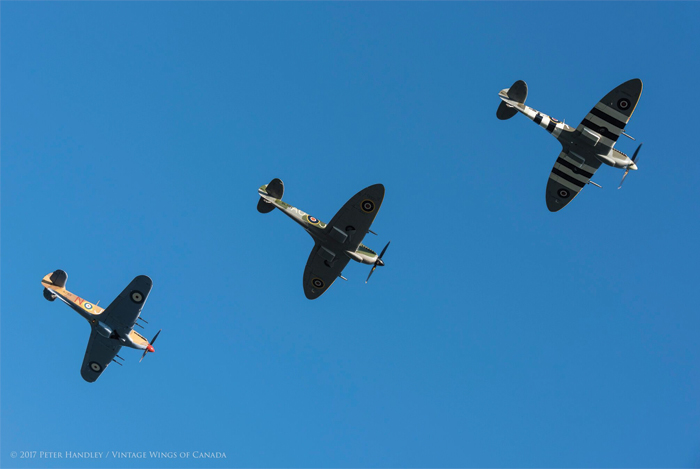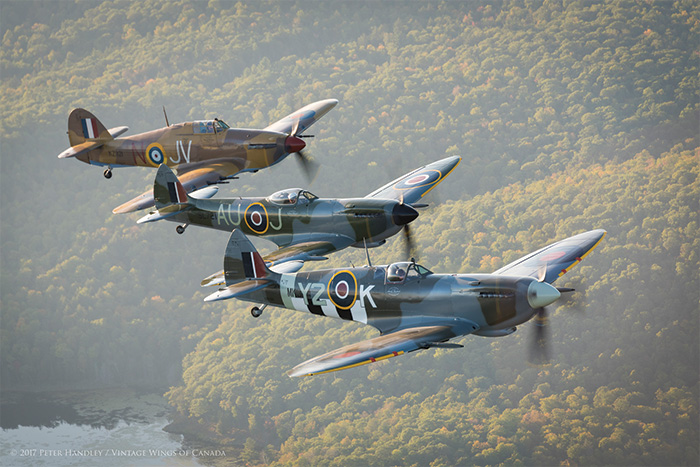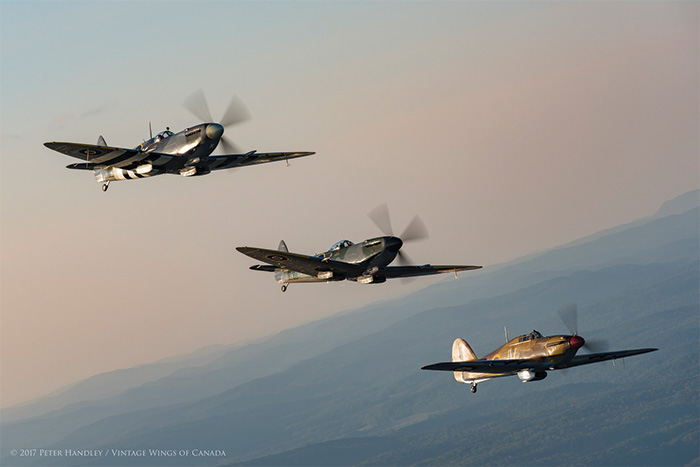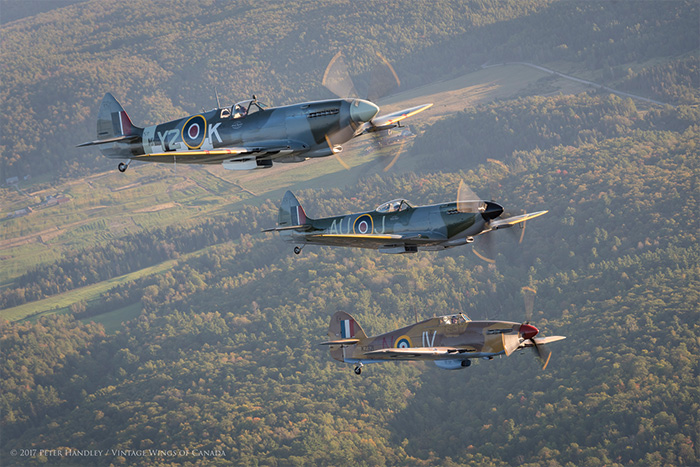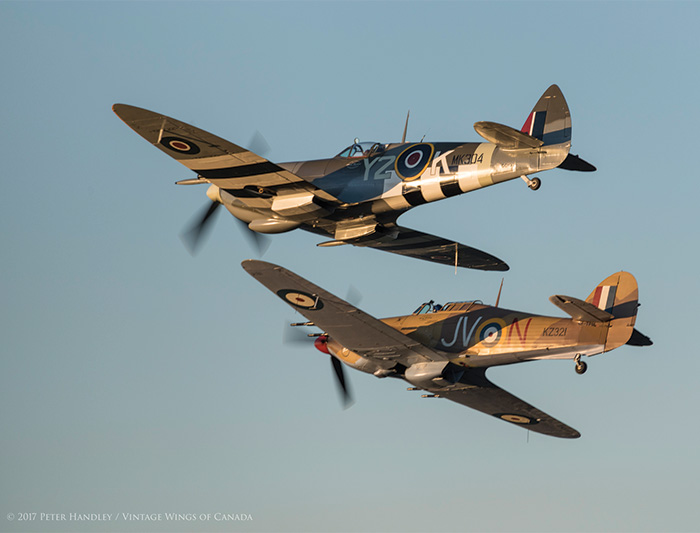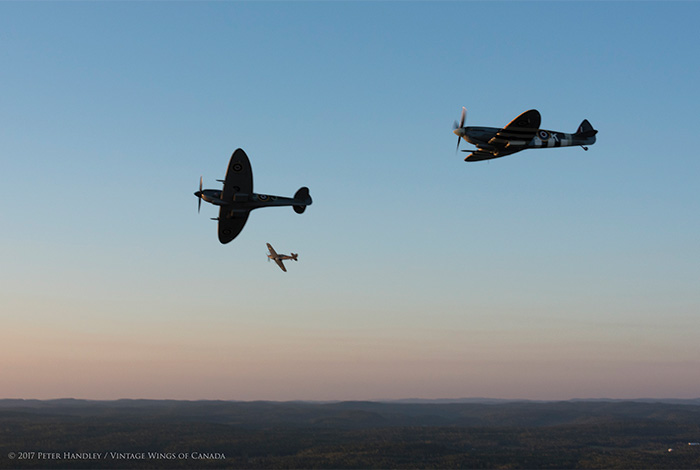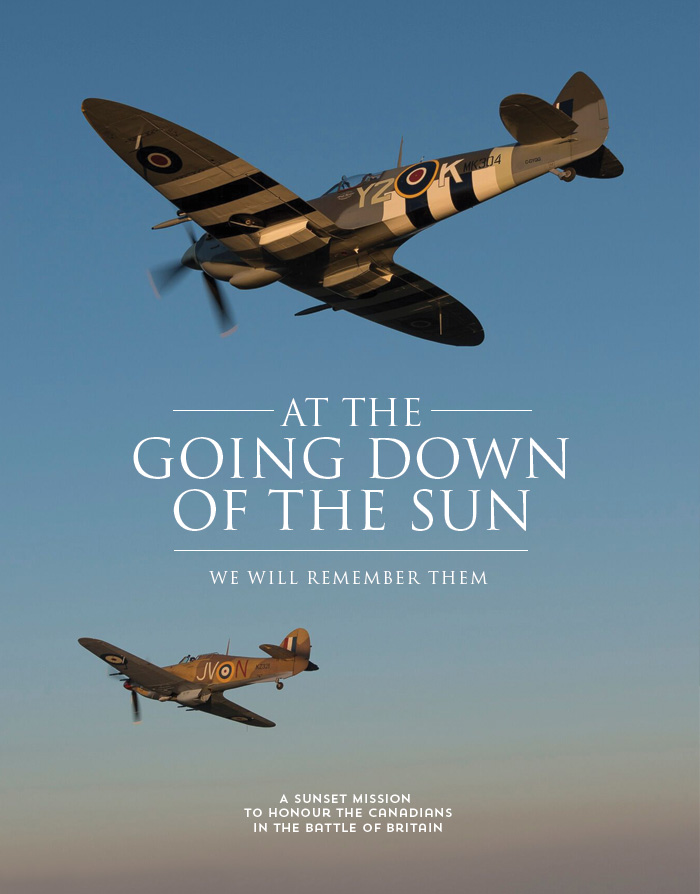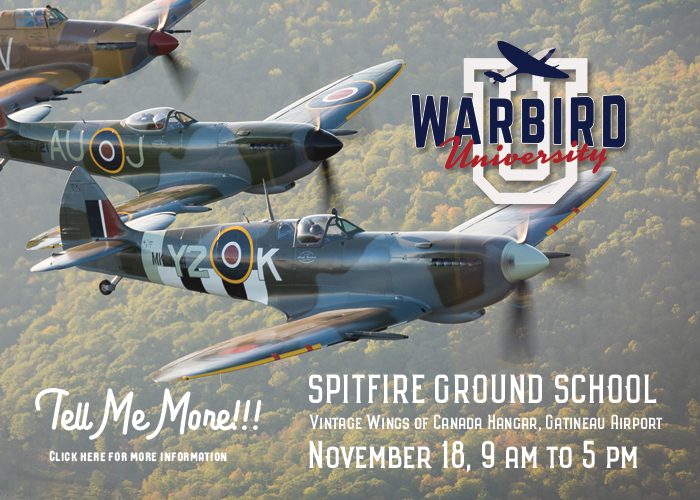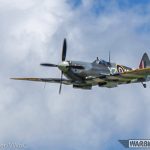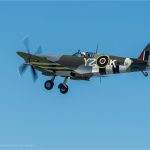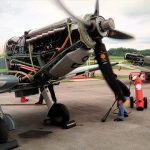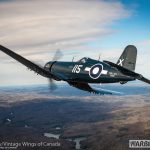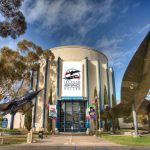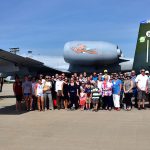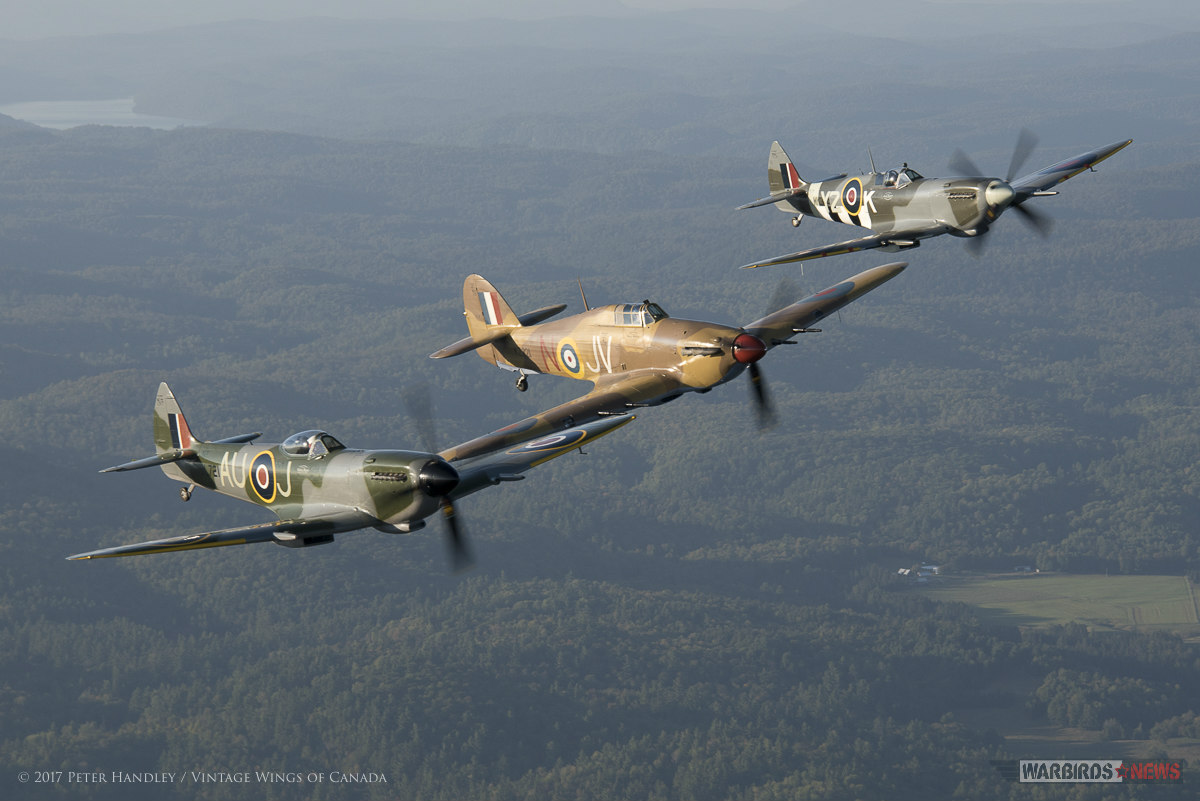
By Dave O’Malley
On September 15, 1940, the future of Great Britain was unknown. The Luftwaffe’s Heinkel and Dornier bombers, accompanied by hordes of Messerschmitt fighters, had been hammering cities and airbases on an almost daily basis for more than two months. On this particular Sunday, the epic aerial conflict we now call the Battle of Britain reached its zenith. On September 15 of 1940, the Luftwaffe launched its largest and most concentrated series of attacks against London in the hopes of drawing the Royal Air Force Fighter Command into a final daylight battle of annihilation. It did not succeed.
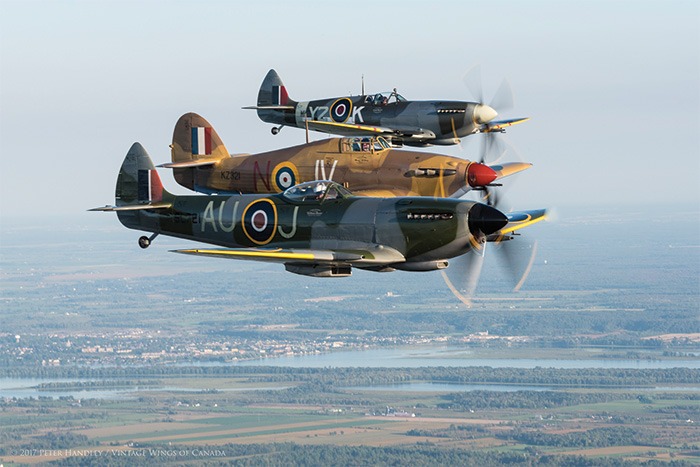
By the time the sun set on that day, as many as 1,500 Luftwaffe and RAF aircraft and their crews had taken part in this, the greatest battle of the greatest battle. The day was most certainly the climax of the Battle of Britain, though there would be many still to die before it was over at the end of October. This tipping point day, September 15, is still commemorated each year in Great Britain as Battle of Britain Day, while Canadians annually celebrate it on the third Sunday of September, which it was in 1940. Either way of calculating the day of remembrance is meaningful and has been celebrated throughout the Commonwealth now since the end of the war.
This year, the Royal Canadian Air Force, Vintage Wings of Canada and the Canadian Warplane Heritage Museum (CWHM) will be celebrating the day with a public flying cavalcade over the airfield at the Gatineau-Ottawa Executive Airport—featuring fighters from Vintage Wings, a Lancaster from CWHM and assets of the Royal Canadian Air Force. To get ready for this event and to photograph fighters of the Michael U. Potter Collection together for the first time with the newly-completed Roseland Spitfire Mk IX, a special formation was launched at the end of the day, Tuesday, September 12.
The temperatures were sublime, the skies clear, the air still and warm, the sun setting, the pilots ready, the aircraft polished and fueled. There will likely never be another time like Tuesday when all the necessary ingredients were in place for a perfect photo shoot.
As the flight progressed, the imagery became more and more emotional. The beautiful late summer Canadian landscape was as it was on September 15, 1940 when Canadians like Ottawa’s “Skeets” Ogilvie were fighting for their lives in the skies across the ocean and over London. It was these hills and lakes and farms and cities that they were fighting for. To keep them safe from bullies. To keep them free from hate. To get home to them. To see another 20,000 more of these perfect sunsets. These thoughts were not lost on the pilots and photographer Peter Handley as they circled the city to the north.
The results from Handley’s camera and heart perfectly capture the commemorative flight and the meaning of the day. We invite you now to join him and Paul Kissmann in the cockpit of the Harvard for a flight back in time.








